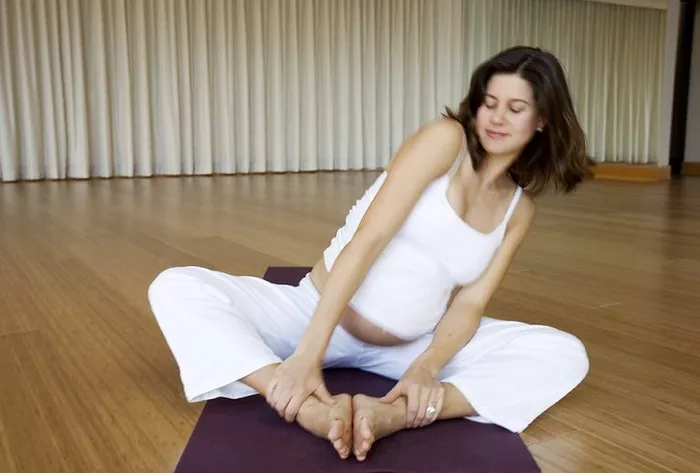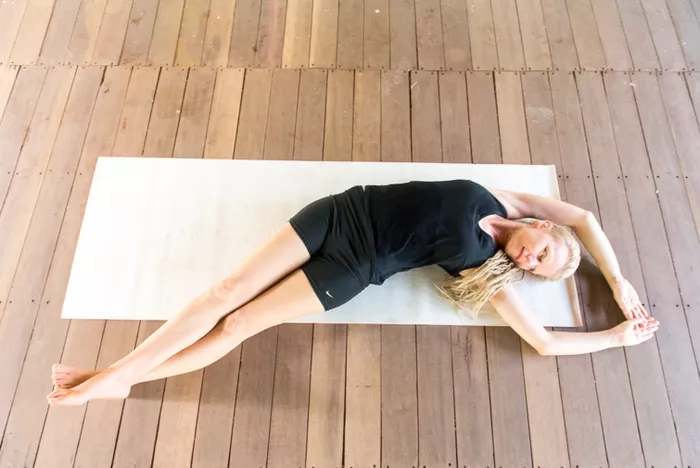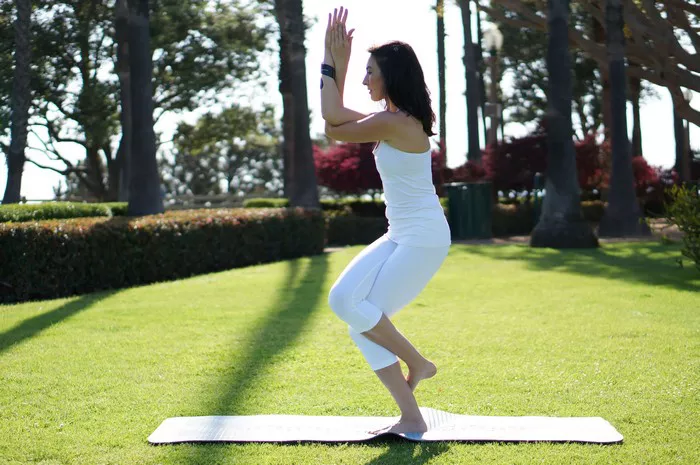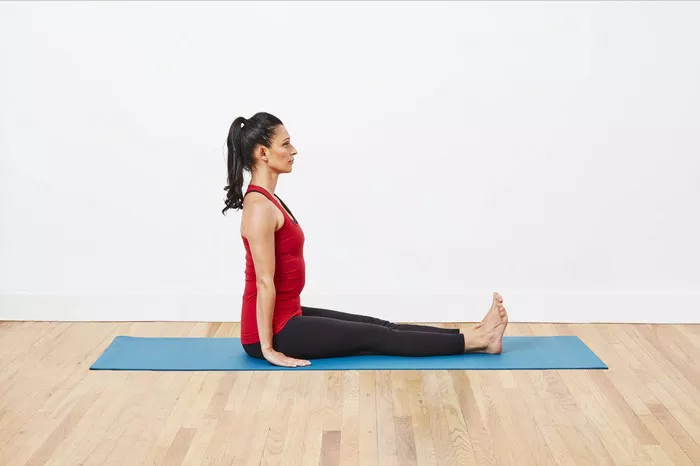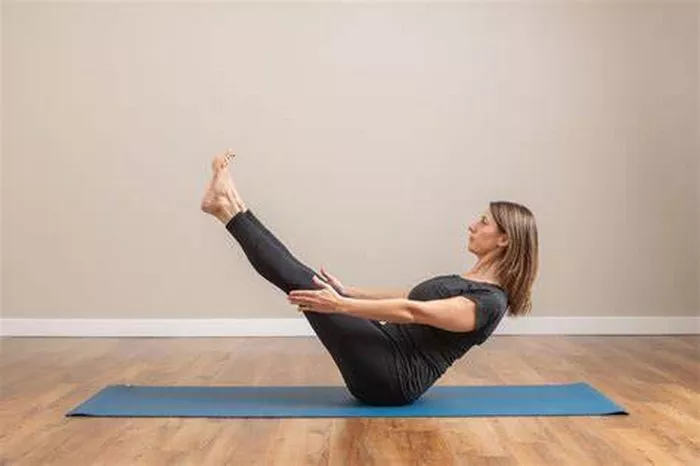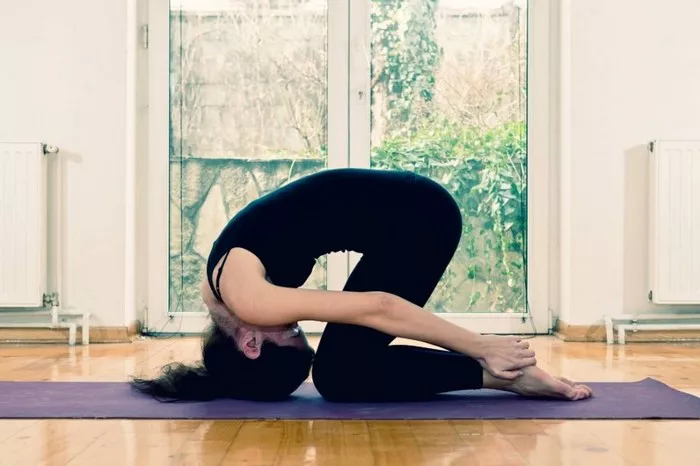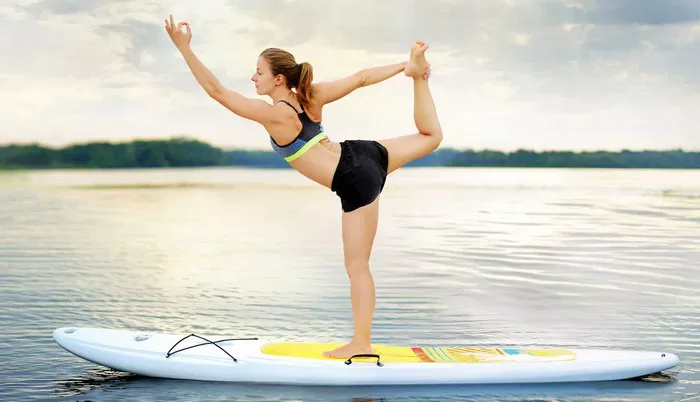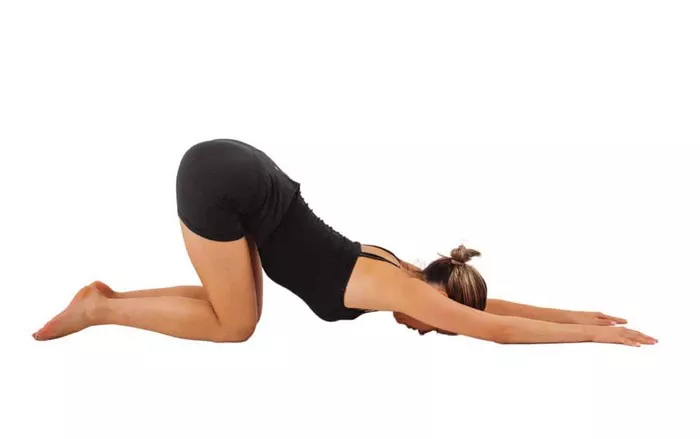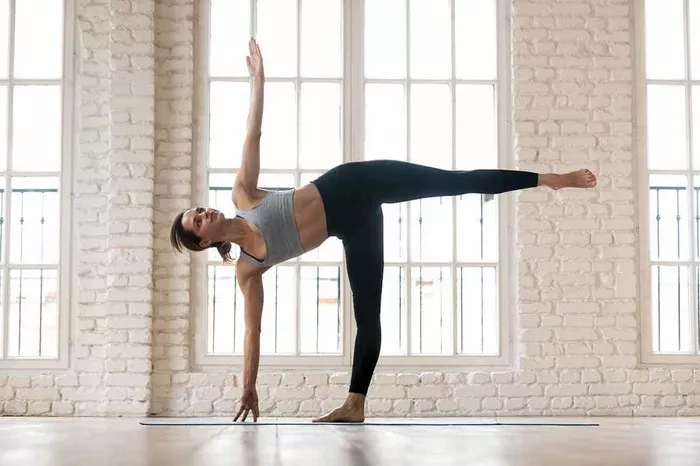Yoga balls, often referred to as stability balls, exercise balls, or Swiss balls, have become a staple in fitness routines worldwide, and for good reason. They are incredibly versatile, serving as tools for strength training, balance improvement, flexibility, and even core stabilization. However, for those who are new to using yoga balls or even seasoned practitioners looking to deepen their practice, a common question arises: Does yoga ball size matter?
The short answer is yes, the size of a yoga ball does matter. It plays a crucial role in determining how effectively you can perform certain exercises, maintain good posture, and avoid injury. But why does size matter, and how can you choose the right one for your practice? Let’s explore this in more detail.
Understanding Yoga Balls
Yoga balls come in various sizes, typically ranging from 45 cm to 85 cm in diameter. These sizes are categorized based on the height of the person using the ball. For example, shorter individuals might opt for a smaller ball, while taller individuals might need a larger one. When using a yoga ball, the size you choose can directly influence the difficulty and effectiveness of your practice.
Before we dive deeper into the importance of choosing the right size, let’s review the primary functions and benefits of a yoga ball:
Core Strength: Yoga balls are fantastic for engaging your core muscles. Sitting on an unstable surface like a yoga ball forces the body to recruit more muscles to maintain balance, especially in the abdominals and lower back.
Balance and Coordination: Using a yoga ball for balance exercises strengthens the muscles responsible for maintaining equilibrium, such as your stabilizers and proprioceptors.
Flexibility: Yoga balls can help stretch and increase flexibility, especially in the back, hips, and shoulders, by providing support during deep stretches.
Posture Improvement: Sitting on a yoga ball during exercises or even at your desk can help promote better posture. It encourages a neutral spine position and prevents slouching.
Now that we understand the purpose of the yoga ball, let’s break down how size plays a significant role in all of these benefits.
Why Does Yoga Ball Size Matter?
1. Effectiveness of Exercises
The size of the yoga ball directly impacts the effectiveness of exercises you can perform. Certain movements require a specific ball size to ensure that your body is in the correct position, and that you’re able to engage the right muscles.
Core Exercises: For exercises like crunches or planks, using the correct size ball helps maintain proper alignment. A ball that’s too big or too small could throw off your form and reduce the exercise’s effectiveness.
Balance Exercises: When performing balance exercises like seated leg lifts or lunges, the size of the ball determines the level of challenge. A larger ball will provide more surface area to support your body, making it slightly easier to balance. Conversely, a smaller ball creates more instability, forcing you to engage more stabilizing muscles, which can be beneficial for improving balance and coordination.
Stretching: The size of the ball can also affect stretching. If the ball is too small, it may not provide enough support for deep stretches, especially those targeting the lower back or hips. A larger ball, however, allows for deeper stretches by supporting your body in various positions.
2. Posture and Alignment
Yoga balls can help improve posture by promoting a natural alignment of the spine. But if the ball is the wrong size for your body, it could have the opposite effect and cause poor posture.
Sitting Posture: When you sit on a yoga ball, your hips should be level with or slightly higher than your knees. If the ball is too small, you may find yourself slouching forward or experiencing discomfort in your lower back. On the other hand, if the ball is too large, you may not be able to sit properly, and your knees might be too high, which can cause strain on your legs and lower back.
Spinal Alignment: The right-sized ball helps maintain a neutral spine position. If the ball is too big, your pelvis may tilt too far forward, which could cause an arch in your lower back. Conversely, if the ball is too small, your pelvis may tilt backward, putting stress on the lumbar spine.
3. Injury Prevention
Using the wrong-sized yoga ball increases the risk of injury, especially when performing dynamic movements or exercises that involve balancing on the ball. Incorrect posture or an unstable surface could lead to muscle strain, joint pain, or even falls.
A ball that is too large can cause hyperextension of the lower back or neck, leading to discomfort and strain. A ball that’s too small may prevent you from achieving the proper depth in stretches, which can result in muscle tightness or imbalance over time.
Additionally, when using a yoga ball for exercises like squats, lunges, or push-ups, the ball’s size plays a vital role in ensuring your joints are properly aligned. If the ball doesn’t allow for full range of motion or causes misalignment, it can increase the likelihood of injuries.
4. Comfort and Stability
The ball’s size also affects comfort and stability. A larger ball may feel more stable under you, offering more support, which can be helpful for beginners or those who are still working on their balance. Smaller balls, while more challenging, may require more attention and focus to maintain balance.
If you choose a ball that’s too large for your body, you might struggle with stability during exercises that require more precision. This lack of stability can detract from your performance and decrease the overall effectiveness of your workout.
5. Flexibility of Use
Choosing the right size also influences how versatile your yoga ball is. Larger balls are great for certain exercises, such as seated stretches or sitting for stability, while smaller balls might work better for movements requiring more muscle engagement and balance. The best size allows you to perform a wide range of exercises with ease and comfort.
How to Choose the Right Yoga Ball Size
Now that we know why size matters, the question remains: how do you select the appropriate ball for your body?
Here are general guidelines based on your height and the corresponding ball sizes:
45 cm Ball: Suitable for people 4’9″ to 5’2″ (145-157 cm). This size is ideal for individuals who are shorter in stature and prefer sitting or exercises that require the ball to support their lower body.
55 cm Ball: Best for people 5’2″ to 5’8″ (157-173 cm). This is the most commonly used ball size for general yoga practice, including stretching, core exercises, and seated positions.
65 cm Ball: Great for individuals 5’8″ to 6’2″ (173-188 cm). This size provides ample support for those with a medium to tall frame and is perfect for exercises that require more height.
75 cm Ball: Ideal for people 6’2″ and taller (188 cm+). For taller individuals, the 75 cm ball is the best choice to ensure that you maintain proper posture and alignment during seated exercises.
How to Check If the Ball Is the Right Size
Once you have chosen a yoga ball based on your height, it’s important to test it out to make sure it’s the right fit. Here’s how to check if the ball is the right size:
Seated Position: Sit on the ball with your feet flat on the floor. Your knees should be at a 90-degree angle or slightly lower than your hips. If your knees are higher than your hips, the ball is too small. If your knees are too low, the ball is too large.
Balance Test: Try standing on the ball for a moment (with support if needed) or perform some basic exercises like leg lifts or squats. The ball should feel stable and supportive without excessive wobbling.
Conclusion
In conclusion, the size of the yoga ball significantly impacts the effectiveness, comfort, and safety of your practice. Using the right-sized ball ensures that you can perform exercises correctly, avoid injury, and fully engage your core and balance muscles. Whether you’re a seasoned practitioner or a beginner, choosing the correct ball size is key to optimizing your yoga experience.
So, does yoga ball size matter? Absolutely. By selecting the right size based on your height and the type of exercises you plan to do, you’ll be able to enjoy a more effective, comfortable, and safe yoga practice. Keep these guidelines in mind as you shop for your next yoga ball, and remember that it’s always worth investing in the correct size to enhance your overall experience on the mat.
Related Topics:


